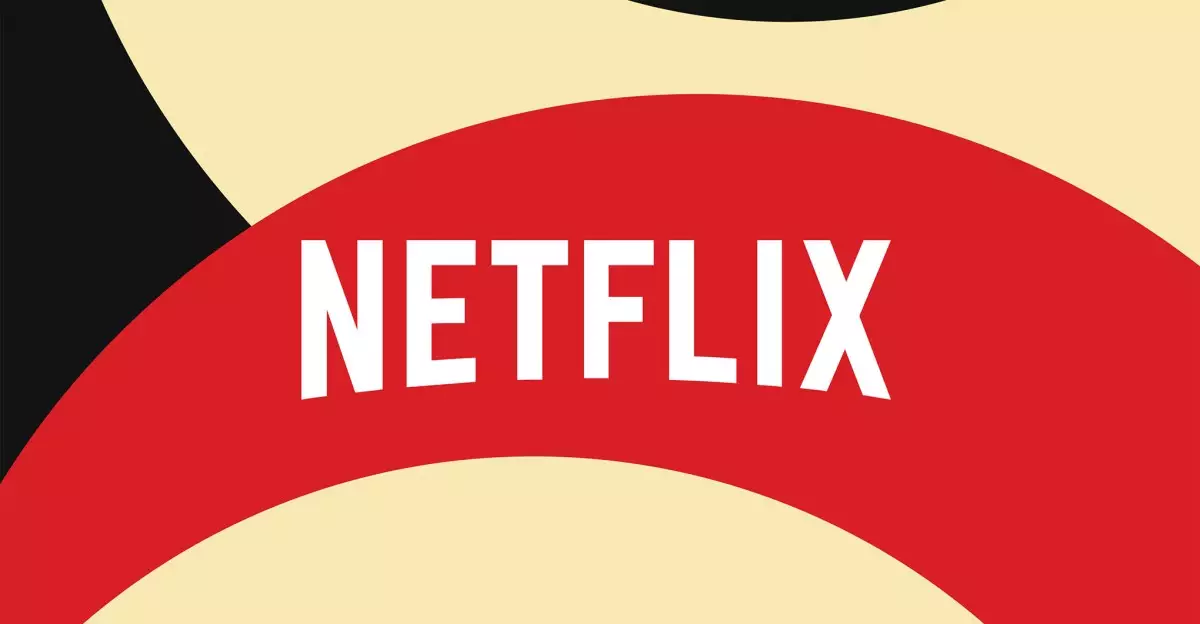In a significant advancement for streaming technology, Netflix has now integrated HDR10 Plus, a leading High Dynamic Range (HDR) format, into its platform. This development is particularly favorable for Samsung TV owners who have often found themselves at a disadvantage due to the absence of Dolby Vision support on their devices. With the introduction of HDR10 Plus in Netflix’s Premium plan, users will experience an enriched viewing experience characterized by superior color accuracy and enhanced visual clarity.
HDR10 Plus first hit the scene in 2017 as a royalty-free alternative to Dolby Vision. Unlike its competitor, which uses dynamic metadata to optimize brightness and contrast on a scene-by-scene basis, HDR10 Plus employs a similar approach but without incurring additional costs. This allows content providers like Netflix to stream high-quality visuals while sidestepping the licensing fees associated with Dolby Vision. Given that Samsung controls nearly 30 percent of the global TV market, the addition of HDR10 Plus could drastically shift viewing habits and improve consumer satisfaction among their user base.
Rethinking Compatibility: The Shift from Static to Dynamic Metadata
One of the most notable discrepancies between HDR formats lies in their approach to metadata. Traditional HDR10 uses static metadata, which unfortunately limits its effectiveness in delivering quality visuals across all scenes. This “one-size-fits-all” method often leads to suboptimal lighting and color representation, particularly in scenes with extreme brightness or substantial shadow. By incorporating HDR10 Plus, Netflix is taking steps to remedy this limitation, allowing for a more accurate and immersive viewing experience.
The importance of dynamic metadata cannot be overstated; it significantly enhances how content is perceived and enjoyed. By adapting settings on a scene-by-scene basis, HDR10 Plus aligns more closely with the director’s vision. This level of precision may soon become the gold standard for streaming services as they realize the value of elevating consumer experience through superior technology.
Netflix’s Expanding Library: A Forward-Looking Strategy
Netflix has indicated its ambition to broaden its HDR10 Plus library to encompass all HDR titles by the end of 2025. This strategic move not only reflects the platform’s commitment to technological advancement but also positions it competitively against other streaming giants like Amazon Prime Video, Disney Plus, and Apple TV Plus, which have already embraced this format. The integration of the AV1 video codec into its streaming capabilities is indicative of Netflix’s aim to enhance streaming efficiency while furthering its content quality.
As more viewers invest in advanced television technologies, the choice of HDR formats will play an increasingly pivotal role in content delivery and user satisfaction. For Samsung TV users, the lack of access to HDR10 Plus had been a glaring obstacle; however, as Netflix removes this barrier, it sets a precedent for other streaming services to follow suit. The ongoing evolution of streaming technology suggests that we are on the cusp of a more visually stunning era, where dynamic HDR formats become the norm rather than the exception.
By embracing HDR10 Plus, Netflix is not merely enhancing the viewing experience for users; it’s revolutionizing how audiences interact with digital content. This initiative signifies a proactive approach to fulfilling user needs and responding to market demands, ensuring that Netflix remains at the forefront of the streaming revolution.

